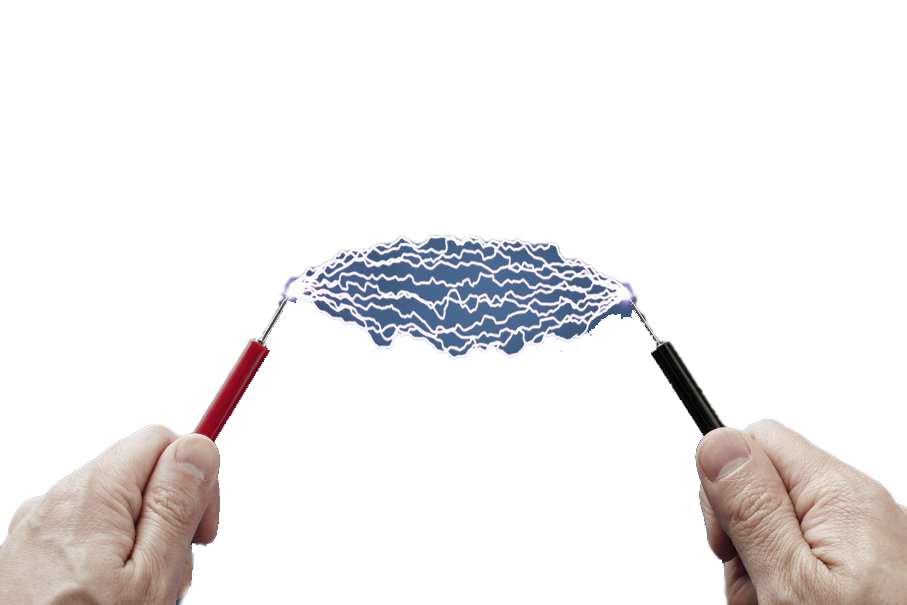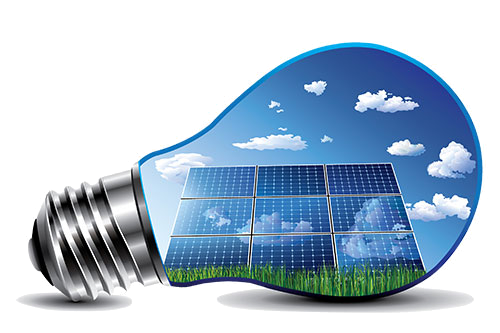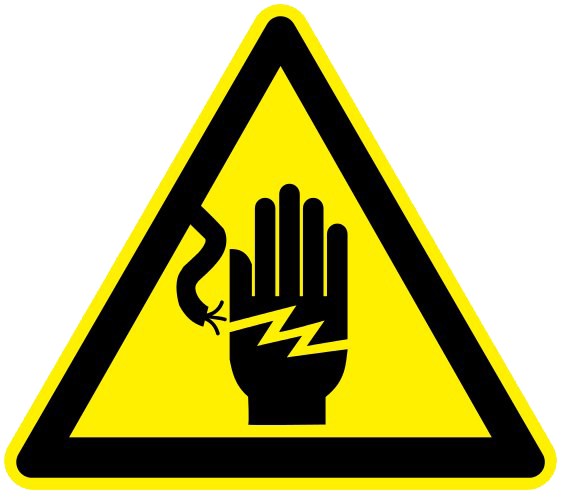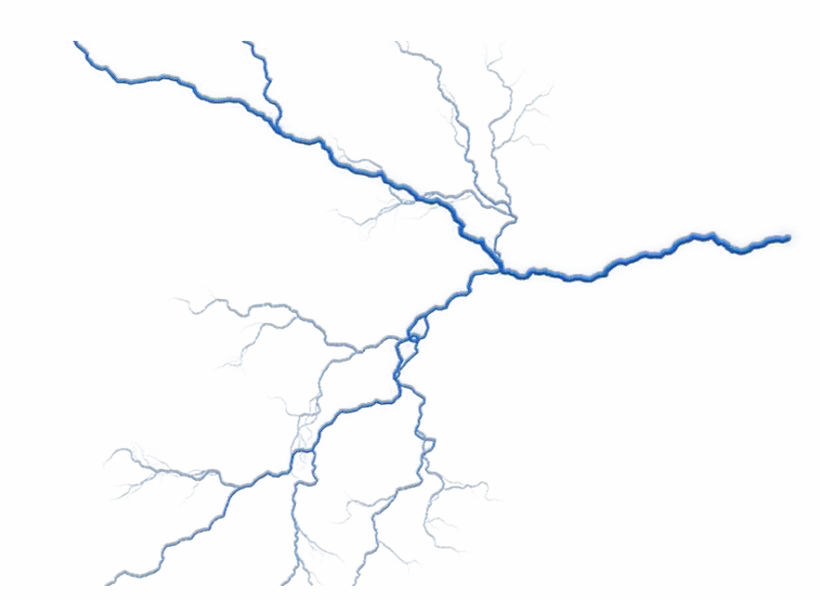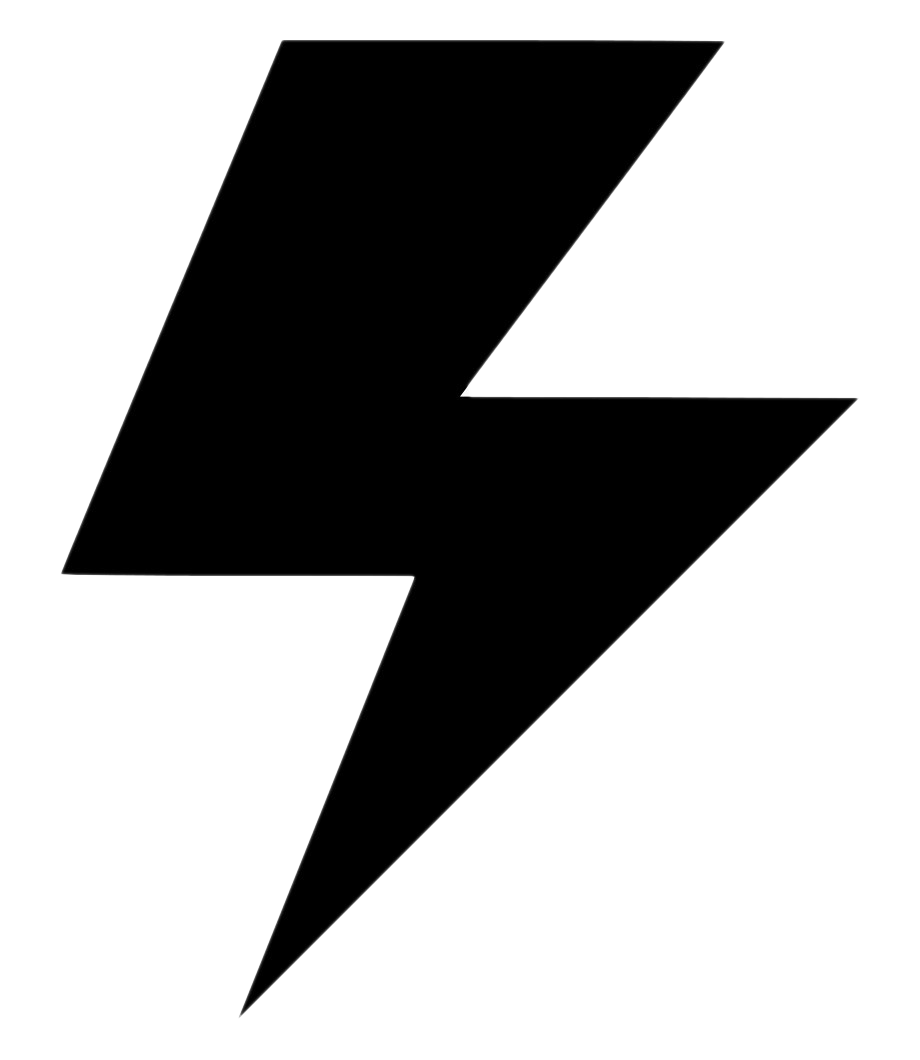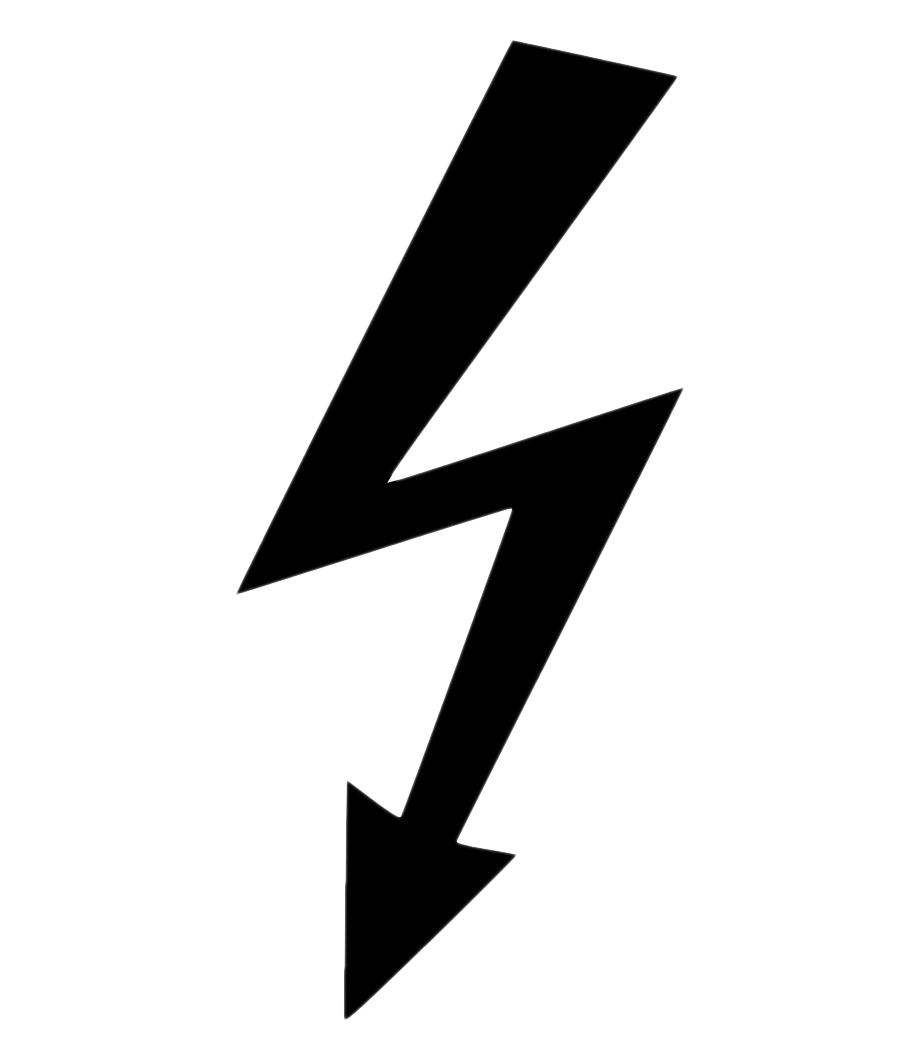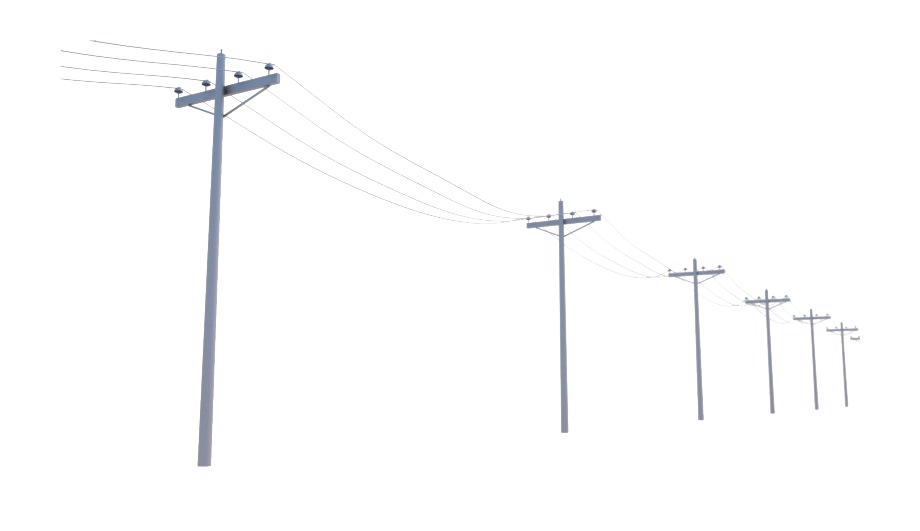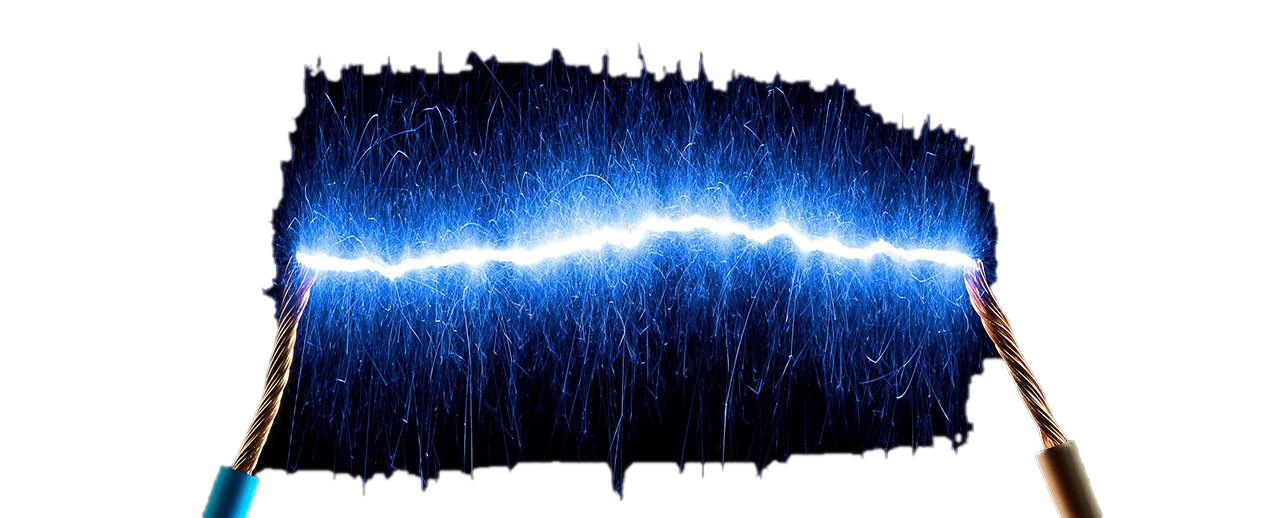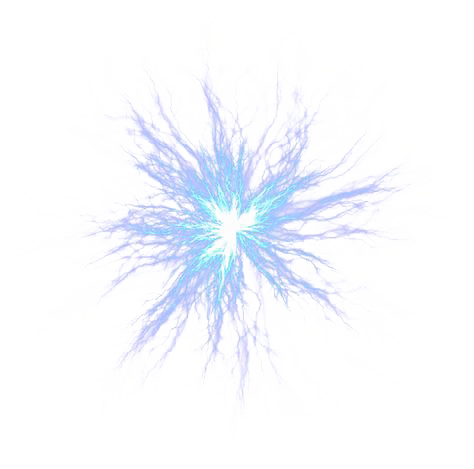Download top and best high-quality free Electricity PNG Transparent Images backgrounds available in various sizes. To view the full PNG size resolution click on any of the below image thumbnail.
License Info: Creative Commons 4.0 BY-NC
Electricity is a form of energy. Electricity is a stream of electrons. All matter is made up of atoms, and an atom has a center, called a nucleus. The nucleus contains positively charged particles called protons and uncharged particles called neutrons. The nucleus of an atom is surrounded by negatively charged particles called electrons.
The negative charge of an electron is equal to the positive charge of a proton, and the number of electrons in an atom is usually equal to the number of protons. When the balancing force between protons and electrons is violated by an external force, the atom can gain or lose an electron. When electrons are “lost” by an atom, the free movement of these electrons is constitutes an electric current.
Electricity is an integral part of nature and is one of our most widely used forms of energy. We get electricity, which is a secondary source of energy, from the conversion of other energy sources, such as coal, natural gas, oil, nuclear energy and other natural sources called primary sources.
Many cities are built along waterfalls (the primary source of mechanical energy) that turn water wheels into work. Before electricity began just over 100 years ago, houses were lit with kerosene lamps, food was cooled in iceboxes, and rooms were heated with wood or coal burning stoves.
Starting with the experiment of Benjamin Franklin with a kite on a stormy night in Philadelphia, the principles of electricity are gradually becoming clear. In the mid-1800s, everyone’s life changed with the invention of the light bulb. Until 1879, electricity was used in arc lamps for outdoor lighting. The invention of the light bulb uses electricity to bring interior lighting to our homes.
How Is a Transformer Used?
To solve the problem of transmitting electricity over long distances, George Westinghouse developed a device called a transformer. The transformer provided efficient power transmission over long distances. This made it possible to supply electricity to homes and enterprises located far from the power plant.
Despite their great importance in our daily lives, most of us rarely stop thinking about what life will be like without electricity. However, like air and water, we tend to take electricity for granted. We use electricity daily to carry out many of our functions – from lighting and heating/cooling at home to powering TVs and computers. Electricity is a controlled and convenient form of energy used in applications of heat, light and energy.
Today, the US electric power industry is designed to ensure that there is enough electricity to meet all demand requirements at any time.
How is Electricity Generated?
An electric generator is a device for converting mechanical energy into electrical energy. The process is based on the connection between magnetism and electricity. When a wire or other electrically conductive material moves in a magnetic field, an electric current is generated in the conductor.
Large generators used in the electrical power industry have a fixed wire. A magnet attached to the end of a rotating shaft is located inside a fixed conductive ring that is wrapped in a long continuous piece of wire, and when it rotates, it generates a small electric current in each section of the conductor when it passes.
Each section of wire is a small separate electrical conductor. All low currents of individual parts add up to a single current of significant size. This current is used for electricity.
How is Electricity Measured?
Electricity is measured in units of power called watts. It was named after James Watt, the inventor of the steam engine. One watt is a minimal amount of energy. This will require about 750 watts, which is equivalent to one horsepower. Kilowatts represents 1000 watts.
A kilowatt-hour (kWh) is equal to an energy of 1000 watts per hour. The amount of electricity that is generated by a power plant or by a consumer over a specific period of time is measured in kilowatt-hours (kWh).
Hours in kilowatts are determined by multiplying the required number of kW by the number of hours used. For example, if you use a 40-watt light bulb for 5 hours a day, you used 200 watts or .2 kilowatt-hours of electrical energy.
Download Electricity PNG images transparent gallery.
- Electricity PNG File
Resolution: 907 × 605
Size: 221 KB
Image Format: .png
Download
- Electricity PNG Free Download
Resolution: 500 × 333
Size: 188 KB
Image Format: .png
Download
- Electricity PNG Free Image
Resolution: 561 × 494
Size: 114 KB
Image Format: .png
Download
- Electricity PNG HD Image
Resolution: 820 × 600
Size: 218 KB
Image Format: .png
Download
- Electricity PNG Image
Resolution: 920 × 1060
Size: 52 KB
Image Format: .png
Download
- Electricity PNG Pic
Resolution: 600 × 185
Size: 11 KB
Image Format: .png
Download
- Electricity PNG
Resolution: 920 × 1060
Size: 76 KB
Image Format: .png
Download
- Electricity Transparent
Resolution: 920 × 531
Size: 98 KB
Image Format: .png
Download
- Electric Current PNG File
Resolution: 1280 × 518
Size: 618 KB
Image Format: .png
Download
- Electric Current PNG Image
Resolution: 920 × 905
Size: 408 KB
Image Format: .png
Download
- Electric Current PNG
Resolution: 1521 × 480
Size: 1304 KB
Image Format: .png
Download
- Electric Current
Resolution: 474 × 469
Size: 200 KB
Image Format: .png
Download
- Electricity PNG Clipart
Resolution: 960 × 495
Size: 46 KB
Image Format: .png
Download
